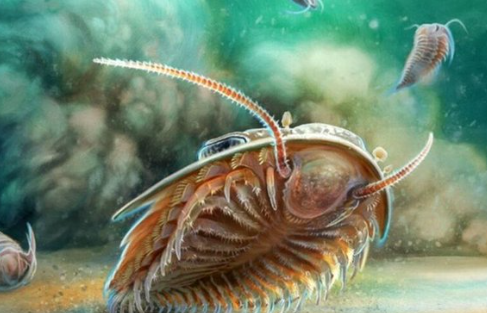Tardigrades, also known as “water bears,” are microscopic, incredibly resilient creatures capable of surviving extreme conditions, including space exposure. Recently, a new species of tardigrade, named Paradoryphoribius chronocaribbeus, was discovered preserved in 16-million-year-old Dominican amber. This find is considered a “once-in-a-generation” discovery because tardigrade fossils are exceedingly rare due to their small size and the specific conditions required for their preservation livescience.com and ScienceDaily and SciTech Daily
Harvard scientists have uncovered a new species of tardigrade preserved in amber, providing fresh insights into the evolutionary history and survival mechanisms of these incredibly resilient micro-animals. Known as “water bears,” tardigrades are eight-legged organisms famous for their ability to withstand extreme conditions, including radiation, freezing temperatures, and even the vacuum of space. Despite their widespread presence wherever water exists on Earth, tardigrades have a sparse fossil record, making this discovery particularly significant.
‘Water bear’ fossils show how they survived several mass extinction events: New fossil discoveries reveal ancient tardigrade evolution and survival secrets dating back 500 million years. https://t.co/cPTETwaYrA #EarthDotCom #EarthSnap #Earth pic.twitter.com/fLEV8e2hDN
— Earth.com (@EarthDotCom) August 24, 2024
The study, conducted by Associate Professor Javier Ortega-Hernández and PhD candidate Marc Mapalo from the Department of Organismic and Evolutionary Biology at Harvard, has added a new entry to this limited fossil record, bringing the total known fossil specimens to just four. The team used advanced confocal laser microscopy—a technique often reserved for cell biology—to analyze a piece of amber that had been discovered in Canada in the 1960s. This amber contained not only the previously known fossil tardigrade, Beorn leggi, but also an unidentified specimen.
The researchers’ meticulous examination allowed them to classify B. leggi within the tardigrade family tree and to identify a new species of tardigrade. Named Aerobius dactylus, this newly discovered species has unique physical characteristics, such as claws of equal length on the first three pairs of legs and longer outer claws on the fourth pair. The name derives from the word “aero,” referring to the appearance of floating on air in the amber, and “dactylo,” meaning finger, alluding to its distinctive claw shape.
The amber fossil containing both Beorn leggi and Aerobius dactylus dates back to the Cretaceous Period, meaning these tiny creatures coexisted with dinosaurs. The well-preserved claws of B. leggi show similarities to modern tardigrades, including the distinctive pattern of claws curving towards and away from the body.
The decision to apply confocal laser microscopy to these fossils stemmed from Mapalo’s idea, inspired by his discovery in a book about tardigrades. This advanced imaging technology allowed for a detailed examination of the fossils, leading to the identification of the new species. Previously, Mapalo and Ortega-Hernández had identified another new tardigrade species encased in amber from the Dominican Republic, further enriching our understanding of this fascinating group.
The discovery of these fossils serves as a critical calibration point for molecular clock analysis, which helps scientists estimate the timing of key evolutionary events. The research suggests that modern tardigrades likely diverged over 500 million years ago during the Cambrian Period. Additionally, it provides insights into the origin of cryptobiosis, a remarkable survival mechanism that allows tardigrades to endure extreme conditions by entering a state of stasis. The study estimates that this ability likely evolved during the mid to late Paleozoic era, potentially aiding tardigrades in surviving the catastrophic end-Permian mass extinction.
‘Pompeii-like’ fossils found in Morocco reveal new details of 500 million-year-old species https://t.co/QYAYCHFqv2
— Liza Chami (@LizaChami) June 28, 2024
This groundbreaking research marks a significant advancement in paleontology, opening new avenues for exploring the evolutionary history of one of Earth’s most resilient life forms. As Mapalo points out, the discovery of fossilized tardigrades has often been a matter of chance, with researchers frequently stumbling upon them while searching for other fossils. With this in mind, Mapalo encourages paleontologists to remain vigilant for these tiny creatures in amber, as there may still be more to uncover.
Key Points:
i. Harvard scientists have discovered a new tardigrade species in amber, providing insights into the evolutionary history of these resilient micro-animals.
ii. Using advanced microscopy techniques, researchers identified a new species, Aerobius dactylus, alongside the known fossil tardigrade Beorn leggi.
iii. The fossils date back to the Cretaceous Period, indicating that these tardigrades lived alongside dinosaurs.
iv. The study offers critical data for molecular clock analysis, suggesting that modern tardigrades diverged over 500 million years ago.
v. The research represents a significant advancement in paleontology, offering new perspectives on the evolution and resilience of tardigrades.



